Let’s be honest: Caracas doesn’t get much positive attention. While much of its reputation is well deserved, things have arguably gotten a lot better in the last couple of years. During my latest visit to Venezuela, I discovered amazing old places that have been revitalized, as well as newer attractions in a city that needed an image boost.
I spent a day museum-hopping, and it was nothing short of amazing. The city isn’t just home to fascinating art collections—it has always been one of the best art destinations in Latin America—but most places are also relatively close to each other. From modern masterpieces to classical stuff, each museum was its own little world. By the way, most museums in Caracas are free.
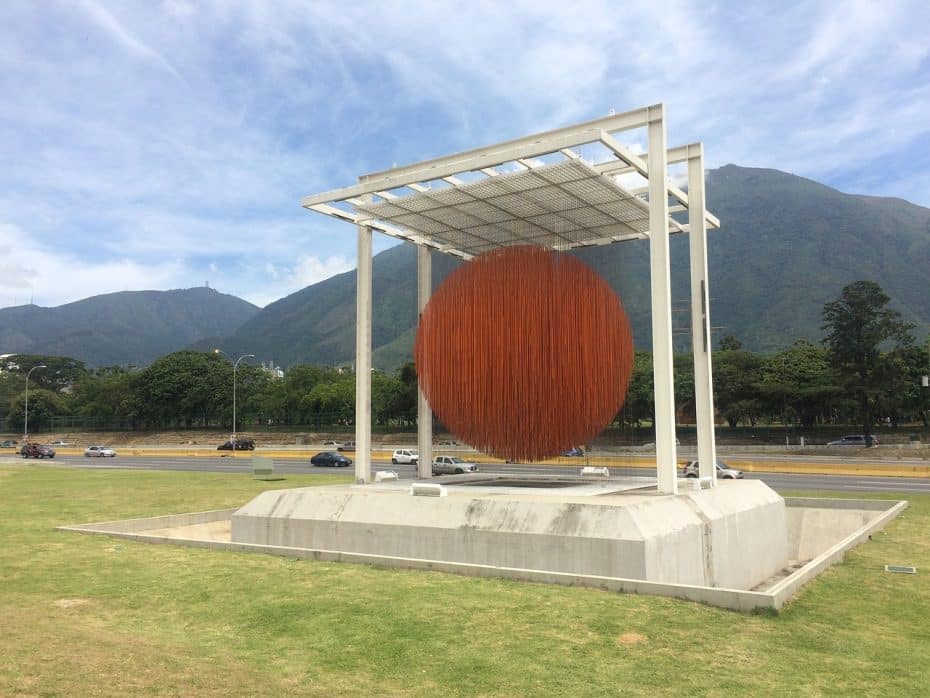
The capital of Venezuela is known for being a city of contrasts: imposing highrises coexist with humble houses in the hills, Mount Avila’s natural beauty looms over the urban chaos, and classic and modern architecture rub shoulders on the same concrete jungle.
The main means of transport in the city is the Metro de Caracas. With more than 50 stations, the metro runs through most of the city. For this walking tour of the main Caracas museums, we took the metro to Parque Carabobo Station (L1) and walked from there.
Fun fact: Venezuela is actually a haven for contemporary art, especially kinetic art. The artworks of renowned artists like Jesús Soto and Carlos Cruz Diez can be found in museums all over the world, including Centre Pompidou or MoMa.
Route Through the Main Museums of Caracas, Venezuela
Exploring Caracas on foot can be an insightful journey into its culture, especially when touring its top museums. Safety has improved in the city, and while visitors should remain cautious, it’s a great time to discover the art and history on display. Join me as I recount my trek through the main museums in Caracas:
1. Museo de la Estampa y el Diseño Carlos Cruz-Diez (MEDI)
As mentioned, we started our route around Parque Carabobo station, near downtown Caracas, where I found a special place. The Museo de la Estampa y el Diseño Carlos Cruz-Diez is located at Av. Bolívar, between Parque Carabobo and Plaza Venezuela.
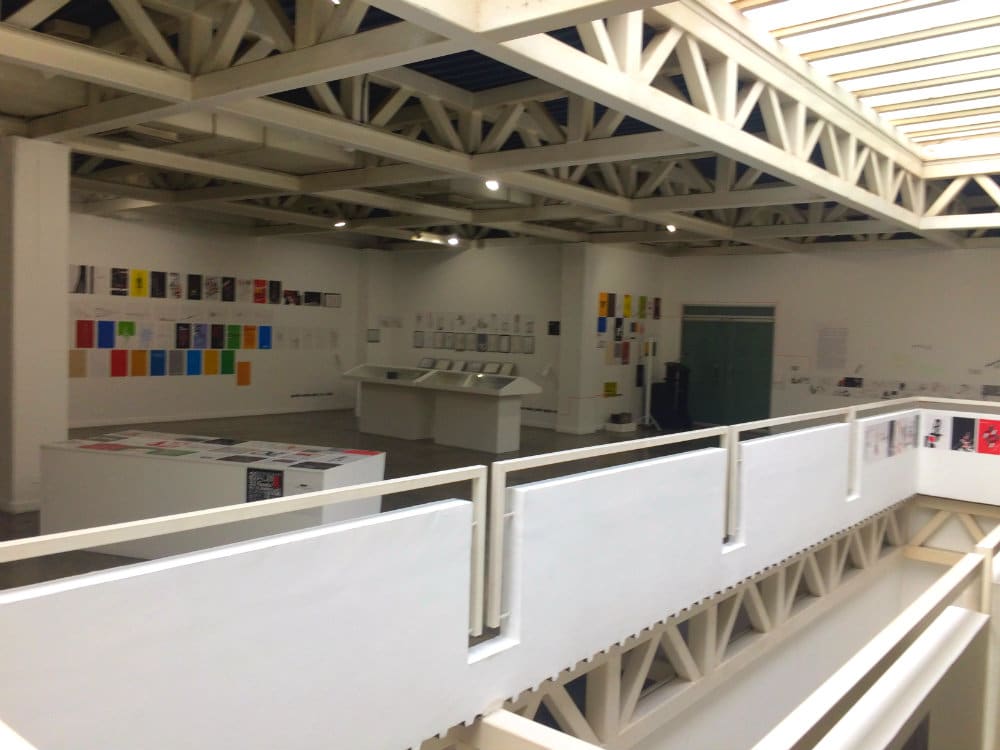
The museum pays homage to Carlos Cruz-Diez, one of Venezuela’s most influential artists known for his kinetic and op-art pieces. Born in 1923 in Caracas, Cruz-Diez discovered a passion for art and color from a young age. He played a key role in the development of optical and kinetic art during the 20th century and was best known for his use of vibrant colors and geometric patterns that seem to move as you look at them.
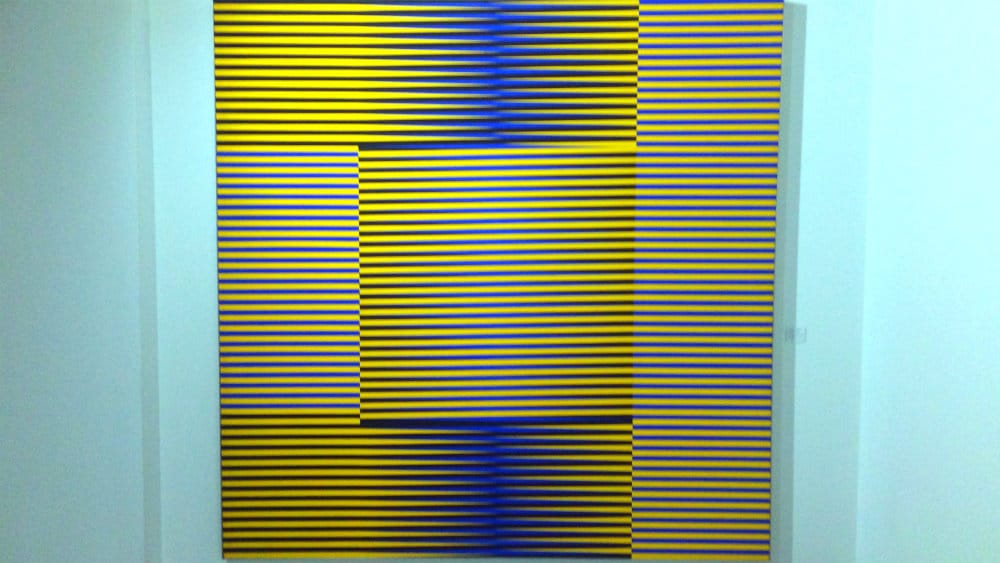
Walking through the museum, you’ll learn about his methods and see firsthand how his work challenges perceptions. His designs will make you question whether what you see is moving or just a clever trick on your eyes. MEDI often features exhibitions from other designers, too.
What’s more practical about this museum is that it’s not massive—it won’t overwhelm you. You can see all its exhibitions without rushing in about an hour. It’s perfect if you want a short cultural break within the city!
One of the coolest parts of MEDI is the ‘Sala de Cromosaturación.’ This room lets you step into a space filled with intense color that seems to float around you—like being inside a rainbow! The room has a special setup where lights of primary colors mix and create an environment that makes you feel part of the artwork.
Like most museums, MEDI is open Tuesday through Sunday. The best part? There’s no entrance fee!
Personal take: This is probably the best small museum in Caracas.
2. National Museum of Architecture (MUSARQ)
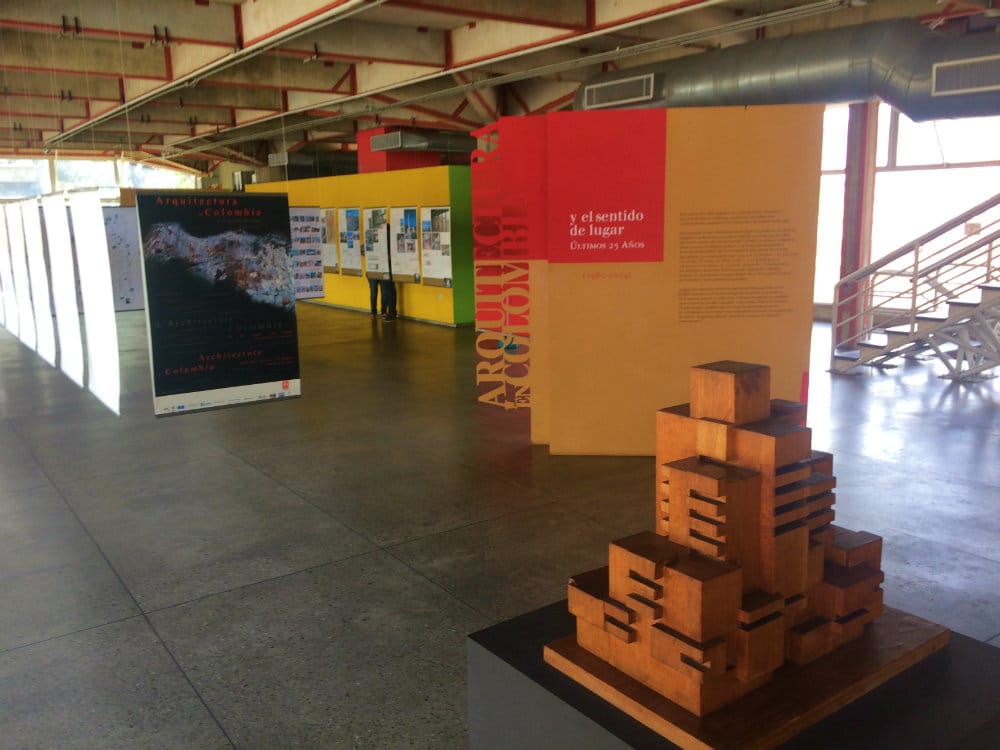
After touring the colorful Carlos Cruz-Diez Museum, our journey through Caracas continues, leading us to another noteworthy spot for culture and design lovers: the Museo Nacional de Arquitectura (National Museum of Architecture), found at the corner of Avenida Bolívar and Urdaneta.
The National Museum of Architecture showcases Venezuela’s design history through the work of outstanding architects. It mostly consists of drawings and models and tells stories about how buildings and cities grow and change over time. One key figure whose work is thoroughly explored here is Carlos Raúl Villanueva, known for creating the Ciudad Universitaria de Caracas—a UNESCO World Heritage Site.
Personal take: A good portion of the collection at the MUSARQ consists of plans and models for projects that (for various reasons) were not completed, making it somewhat frustrating. Although the idea behind the museum is (probably) full of good intentions, it felt more like institutional propaganda rather than a real museum.
3. Galería de Arte Nacional (National Art Gallery)
After a slightly disappointing visit to MUSARQ, our adventure in Caracas led us straight to the Galería de Arte Nacional (National Art Gallery). This gallery is a treasure trove of Venezuelan art, housing priceless works from colonial times to modern-day pieces. Opened to the public in 1976 and relocated in 2009, it now occupies a large building that’s an artwork in itself.
This gallery is located at Plaza Morelos, on Av. Mexico between Av. Universidad and one of Parque Central’s Twin Towers.
The original National Art Gallery used to be in a neoclassical building right by Los Caobos Park until it moved in 2009. The old place was charming with its traditional architecture, but the new space is something else! The new building is much bigger, meaning more room for art!
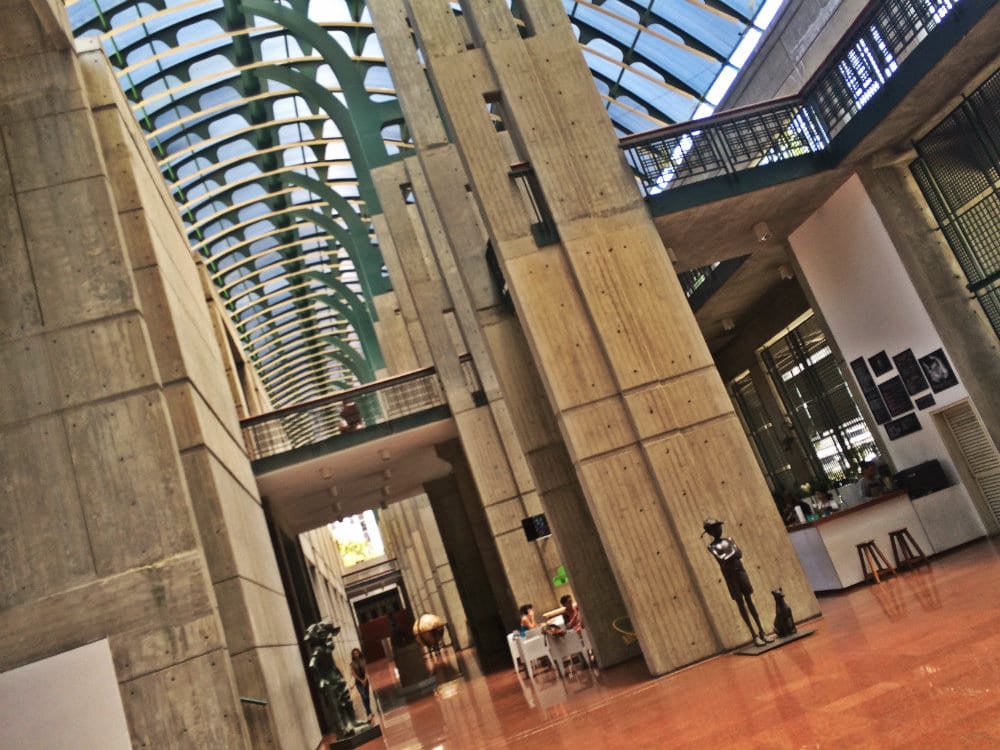
The new gallery’s design features three large sections with a total space of about 30,000 square meters or 330,00 square feet. This massive building has three floors. The main exhibition halls consist of two rectangular floors over 2,500 square meters (26,900 square feet) each. There is also a basement and a big souvenir and art shop.
It is one of the biggest museum spaces in Venezuela and Latin America. You’ll see works by revered artists such as Arturo Michelena and his well-known masterpiece “Miranda en La Carraca,” which shows Francisco de Miranda, a figure vital to Venezuelan independence, in chains. Another star of the show is “La Pastora,” a beautiful piece by Antonio Herrera Toro that captures the essence of Venezuelan pastoral life.
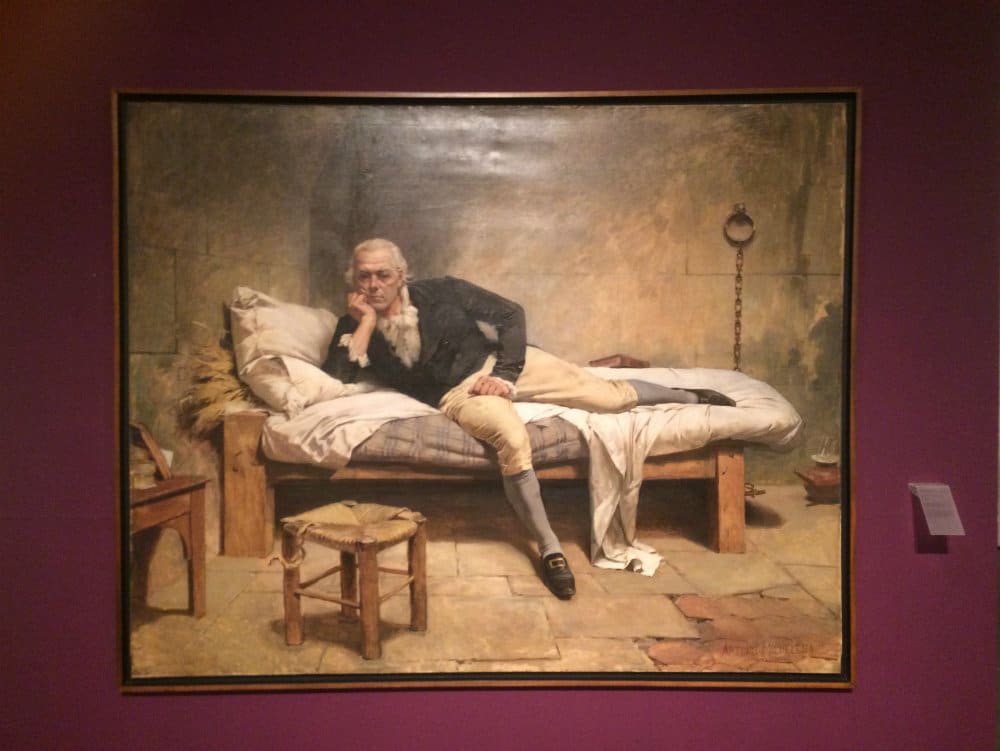
Another standout piece is ‘La Tempestad,’ a sculpture by Lorenzo González. Other famous Venezuelan artists featured here include Jesús Soto and Armando Reverón.
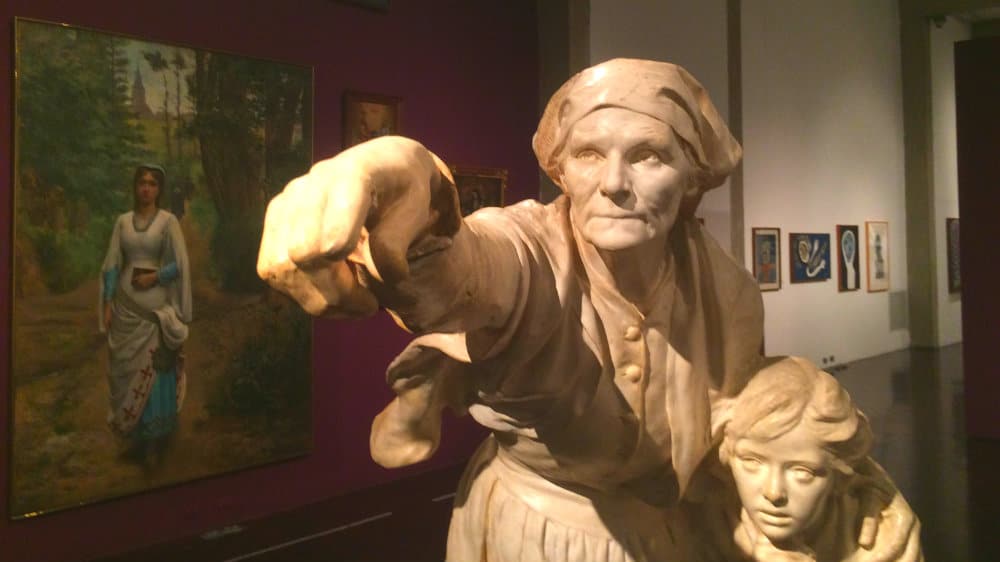
The gallery also features a cultural café, Tribus, where you can have a coffee or, in our case, a refreshing infusion. Do not miss the one with hibiscus flower and vanilla, as well as tea, cakes, and other delicacies.
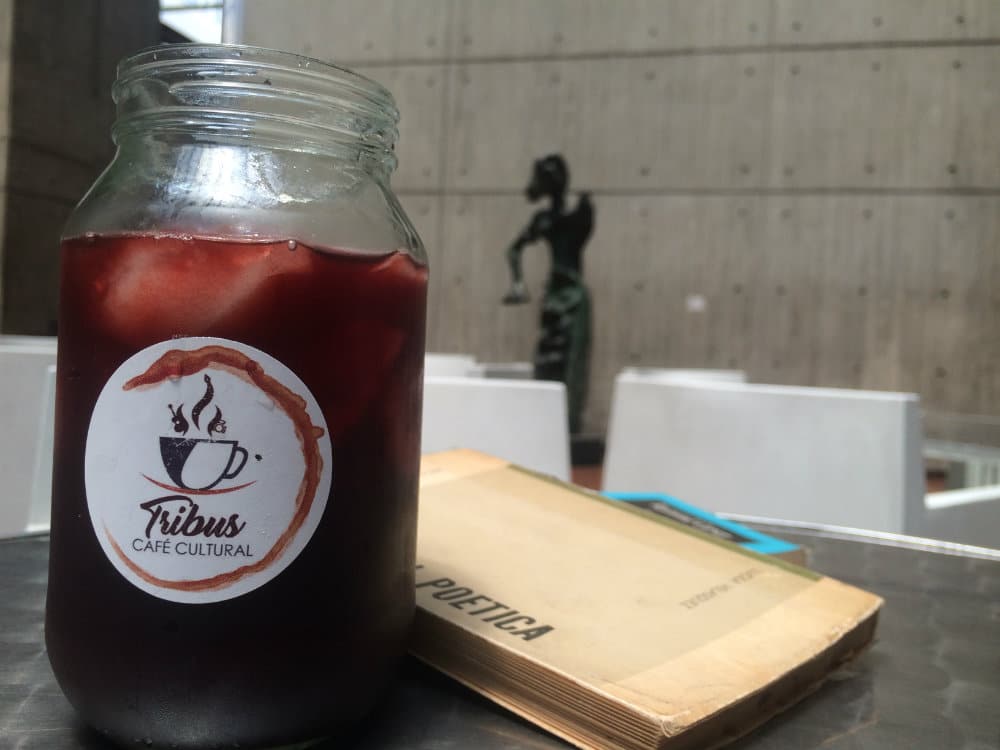
The building itself might not catch your eye at first—from the outside, it looks more like a bus station than a museum. But once inside, the magic of the place unfolds before you. High ceilings and good lighting set the stage for rooms filled with history. Walking through its spaces, you’ll be greeted by artistic expressions from various styles.
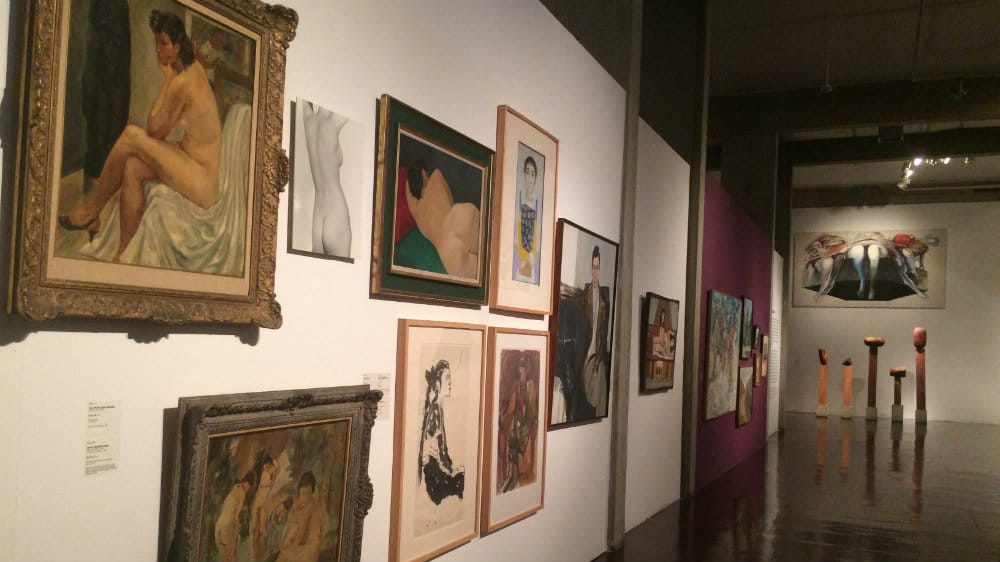
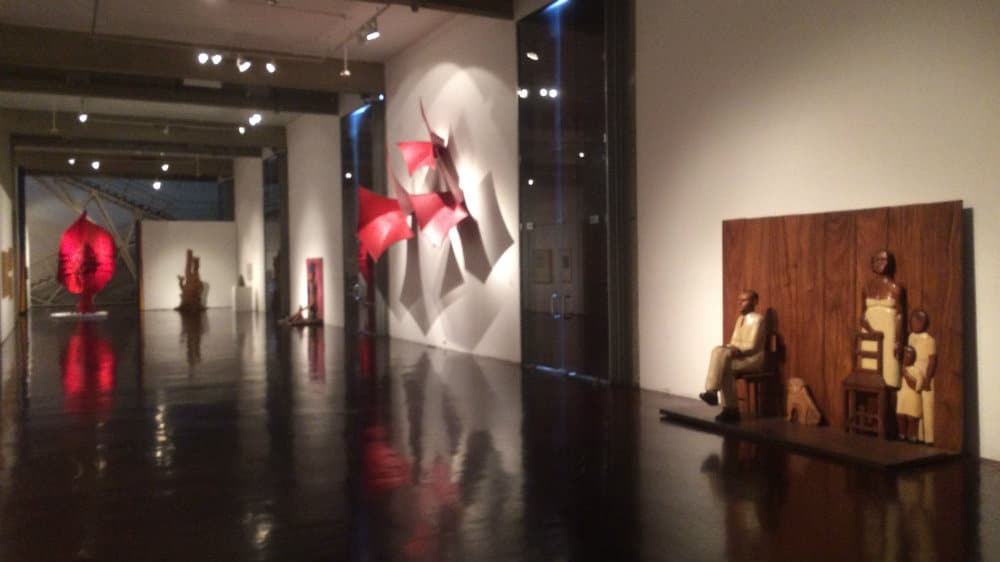
Personal take: If you want to experience Venezuelan art, this museum should be your number one choice.
4. Museo de los Niños (Children’s Museum)
After a great time at the National Gallery, we continued our adventure to the Museo de los Niños in Caracas. The museum is not just for kids – believe me, we’re grown-ups, and we absolutely enjoyed it!
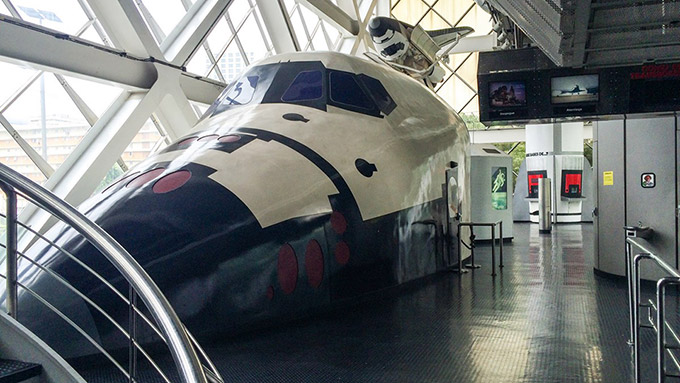
The building itself is pretty hard to miss. It’s in the Parque Central Complex, a massive place in Caracas, between Parque Central’s twin towers. If you’re using the metro, you’ll want to hop off at Parque Central Station, which is super close to the museum.
This Children’s Museum was created in 1982. It has many sections designed to make learning fun and interactive for kids—and adults, too. From science and technology to art and culture, it’s loaded with activities that explain how things work.
The Museum opens at 9 a.m., but check in case they’ve changed their hours before you go. It’s also one of the few museums in Caracas with an entry fee. Tickets were US$5 at the time of writing.
5. Caracas Museum of Contemporary Art
After a short but fun visit to the Children’s Museum, we continue our route to the Caracas Museum of Contemporary Art, also located in Parque Central and recognized for having one of the most important collections of modern art in Latin America.
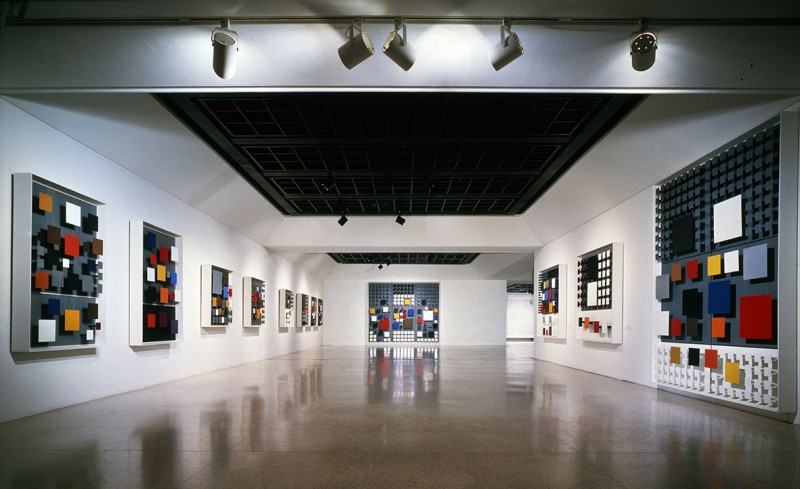
Founded in 1973, the MACC showcases an impressive collection of work by famous local artists like Jesus Soto, Carlos Cruz-Diez, and Alejandro Otero.
But it doesn’t stop there; international legends such as Picasso, Miró, and Chagall also grace the collection with their masterpieces, making MACC’s offering not just extensive but also incredibly prestigious. It’s one of few in Latin America to house such a comprehensive collection of modern masterpieces by European artists.
That’s not all; like most Caracas museums, the MACC is completely free of charge.
6. Teatro Teresa Carreño
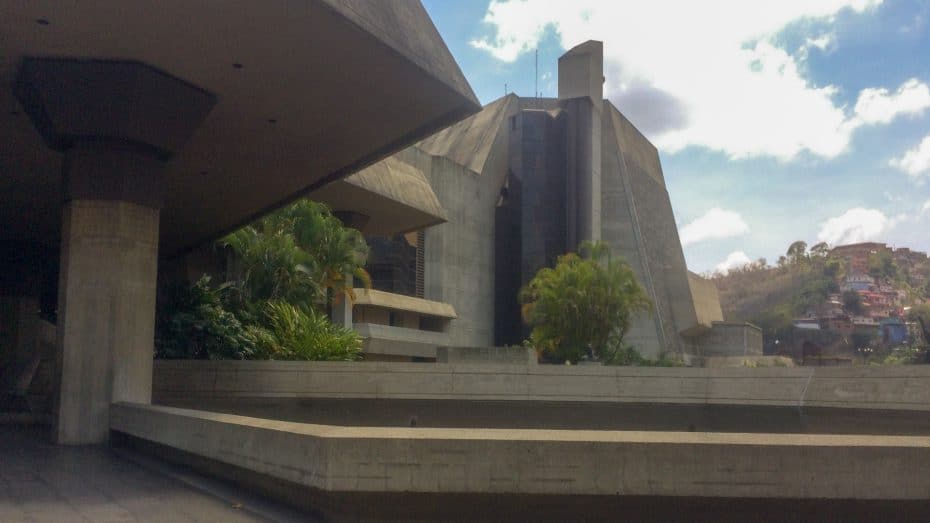
Upon exiting the Contemporary Museum, we briefly catch a glimpse of the Teresa Carreño Theater. Situated at the heart of Caracas’ cultural center, this theater is a cornerstone for the country’s performing arts and an architectural marvel. It’s the second-largest opera house in South America.
The Teresa Carreño Theater was named in honor of the renowned Venezuelan pianist and composer María Teresa Carreño. Since its inauguration in 1983, the theater has hosted numerous performances ranging from operas to ballets and concerts. The building is a symbol of the city and is still considered one of the top theaters in the world.
7. Science Museum
After exploring the Contemporary Art Museum and the Teresa Carreño Theater, our journey through Caracas’s cultural landscape leads us to the Science Museum, officially known as the “Museo de Ciencias,” and the “Plaza de los Museos” in Parque Los Caobos.
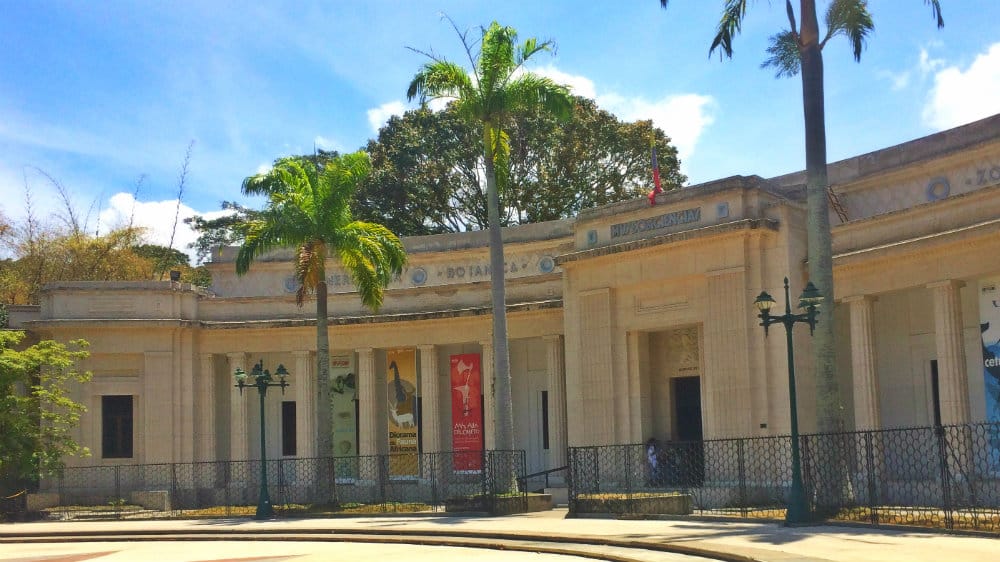
The Science Museum, known as the “Museo de Ciencias,” was founded in 1875, making it one of the oldest museums in Venezuela. It’s hosted within a notable building that dates back to the early 20th century, showcasing an architectural style that mixes neoclassic with Art Deco.
Within this beautiful building, we can see exhibitions dedicated to various scientific disciplines, including paleontology, astronomy, and anthropology.
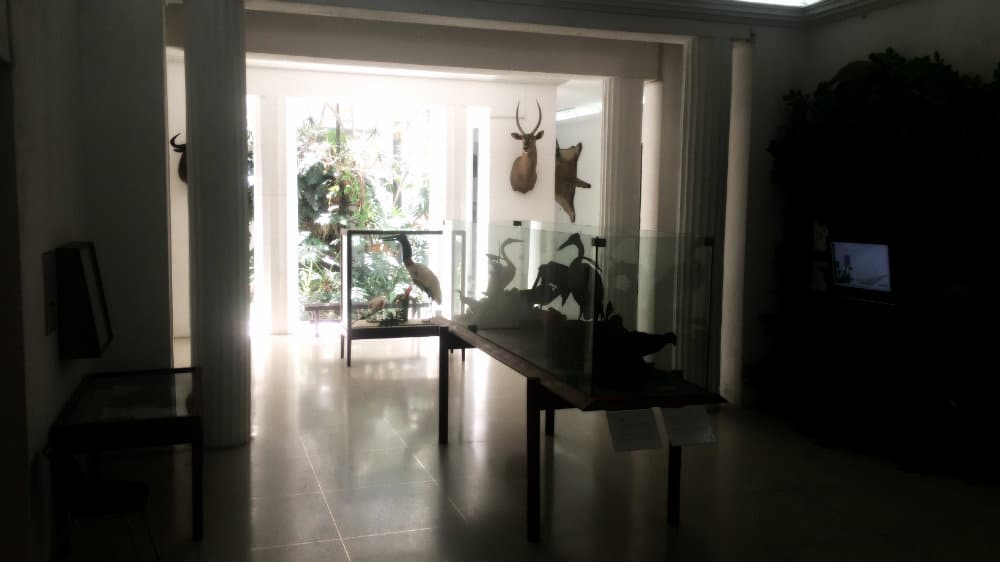
Among the 120,000 pieces and artifacts on display are stuffed animals, including felines and canines, and even a special exhibit dedicated to cetaceans.
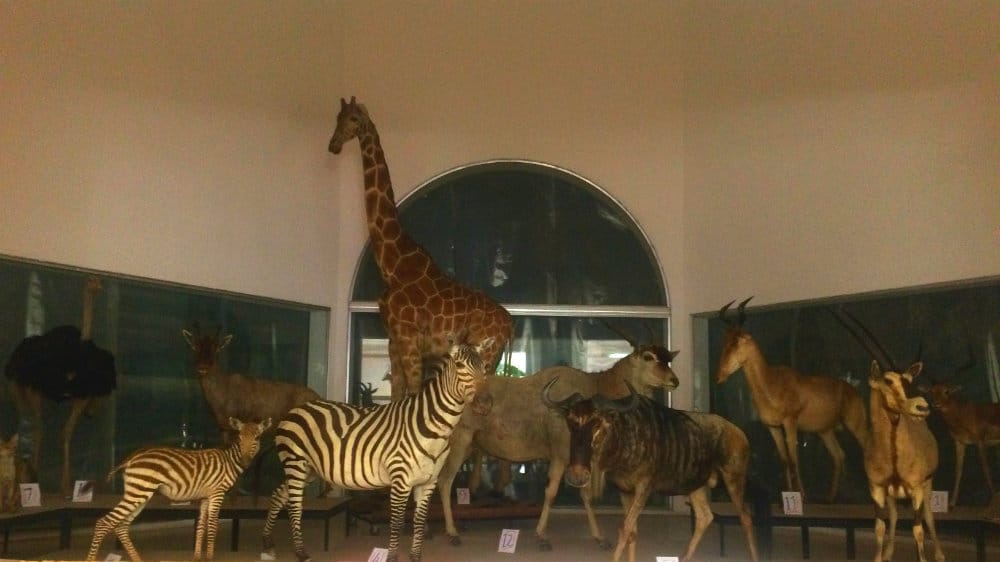
8. Fine Arts Museum (Museo de Bellas Artes)
You don’t need to walk far; just cross the square to reach the next destination: the Museo de Bellas Artes de Caracas. The Fine Arts Museum’s original Plaza de los Museos building opened in the 1930s. It was originally a small museum with modest collections. As time went on, the need for more space became apparent due to the growing number of artworks and visitors.
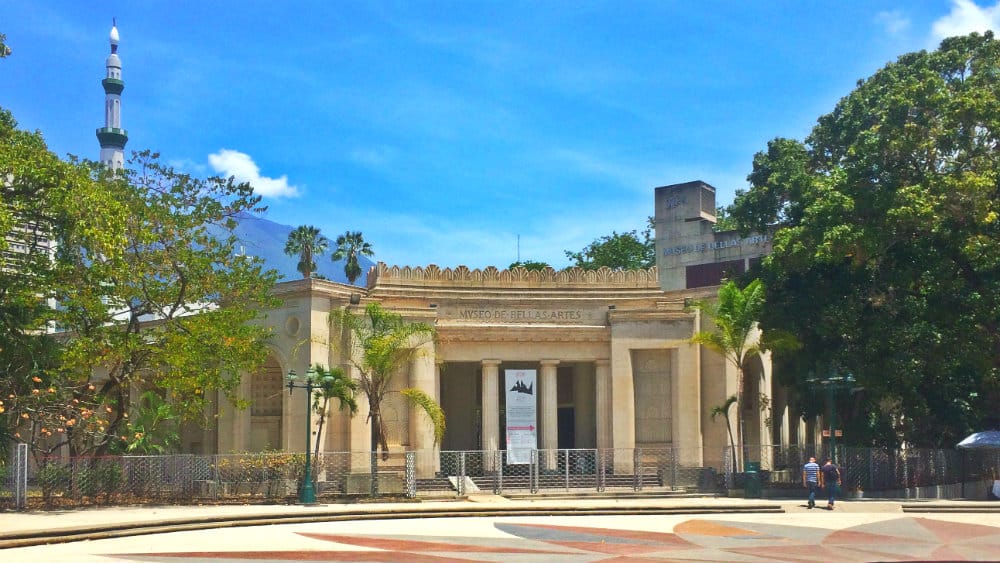
In the 1970s, architect Carlos Raúl Villanueva took on the project of expanding the museum. He was a well-known figure in Venezuelan architecture, responsible for several iconic buildings throughout Caracas. His vision led to an expansion that made room for more art and modernized the facility.
The result is a modern vertical structure with ramps where each level is dedicated to a different art style, period or medium.
The MBA collection spans from colonial art pieces to avant-garde works. This grand sweep through history brings together paintings, sculptures, and prints from notable Venezuelan and international artists.

The museum is a haven for art enthusiasts, who can admire masterpieces from European artists such as Camille Pissarro Goya, Picasso, and Juan Lovera. Additionally, pieces by revered Venezuelan artist Arturo Michelena show life events and historical moments that shaped Venezuela’s identity. Among its collection are works by Tito Salas portraying early national history and modern pieces that reflect contemporary themes.
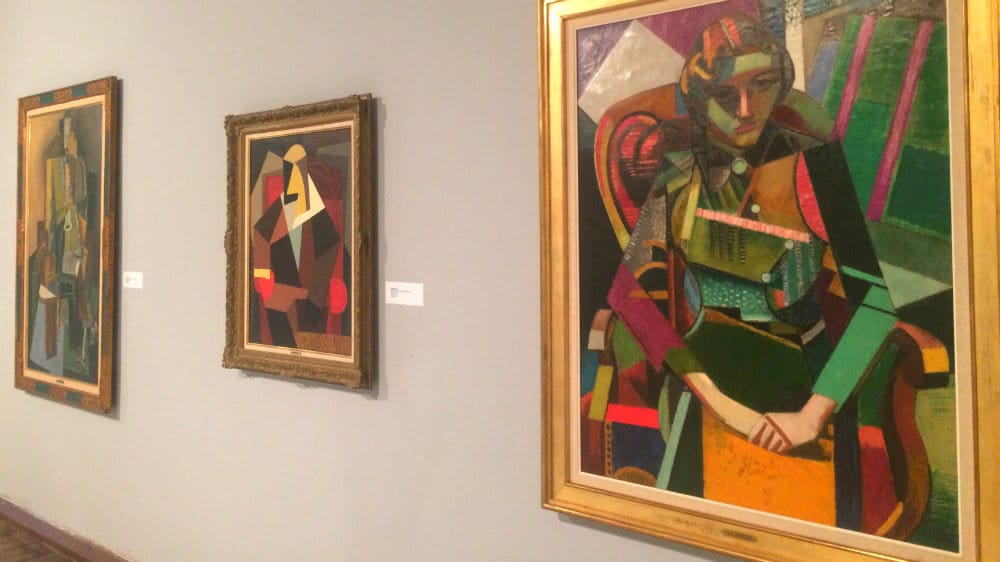
In addition to works from all over the world, Bellas Artes offers an art-themed souvenir store and a cafeteria with breakfast, lunch, and snack options, which comes in handy after walking three kilometers through its ramps!
Personal take: If you only have time for one Museum in Caracas, choose Bellas Artes.
9. Los Caobos Park
Parque Los Caobos is one of Caracas’s oldest parks. It has been a green space since the early 20th century and was officially founded in 1920. It is located near important cultural institutions like the Museum of Fine Arts and the National Art Gallery.
Over the years, this park has become an important spot for residents seeking a quiet place away from the city’s hustle. The name “Los Caobos” comes from the mahogany trees (caobos in Spanish) planted throughout the park. These trees are some of the park’s most notable features, providing shade and a touch of nature in the urban setting.
The park also contains sculptures by famous artists, including pieces by Francisco Narváez, a renowned Venezuelan sculptor.
Caracas Museum Route: Useful Information
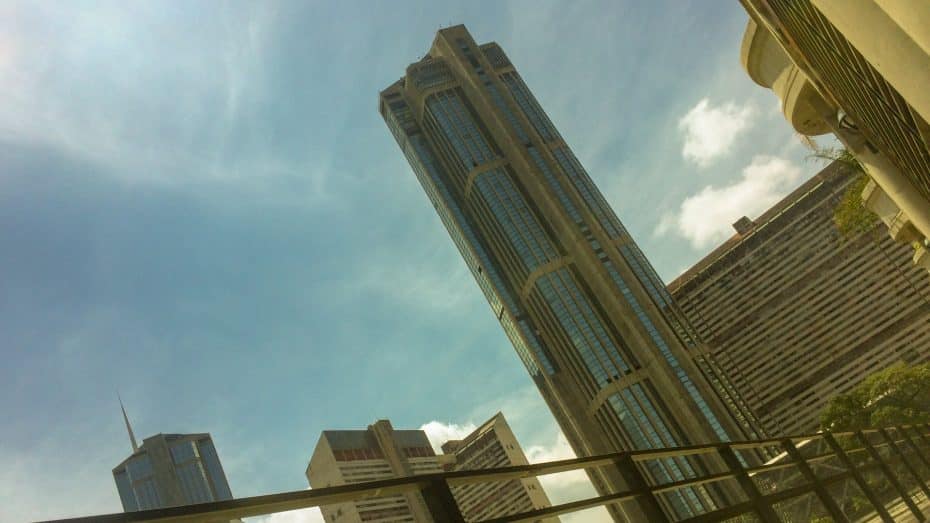
This Museum Route is an excellent way to learn about the history of Caracas and Venezuela through architecture, art and culture. However, there are a series of precautions and tips to follow to fully enjoy this tour and prevent unpleasant surprises:
- I suggest you start your journey early to maximize the day. The Cruz-Diez Museum, the starting point of this itinerary, opens at 9 am, so that’s why I put it first.
- While things have improved with regard to safety, Caracas can still be dangerous, so it is essential that you keep your belongings (such as phones or cameras) safe while walking through its streets.
- The stores and cafes at most museums accept debit and credit cards. Still, you should carry some (not much) cash on you.
- This is a long itinerary (I know!), so bring water and sunscreen or a sweater and umbrella, depending on the weather during your stay (check the Google forecast the day before to be sure).
- For more information on opening hours, contact numbers, exhibition themes, or special events calendars, visit http://www.fmn.gob.ve/.
- Don’t miss our guide to the safest areas to stay in Caracas.


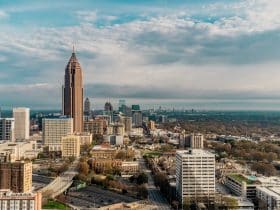
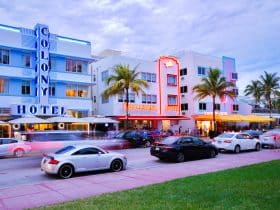
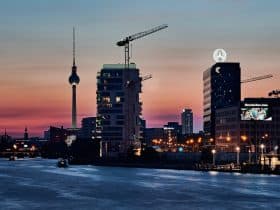
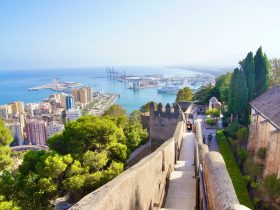
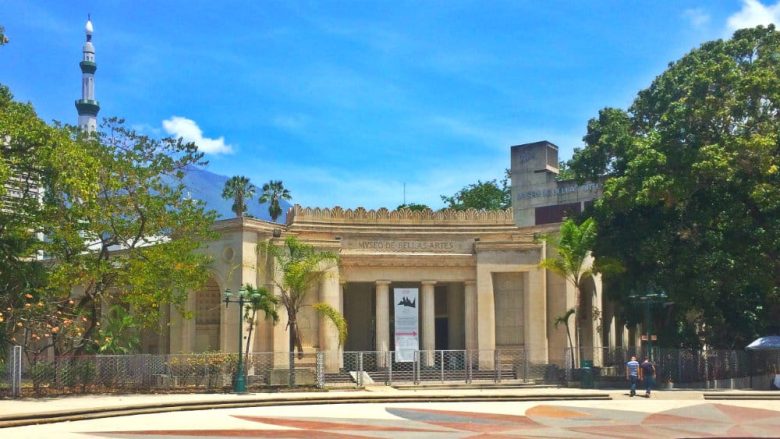
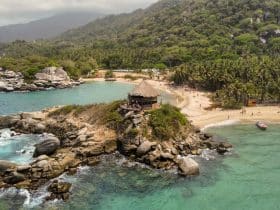

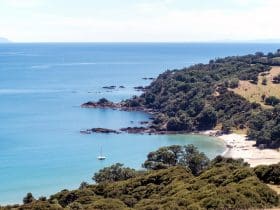
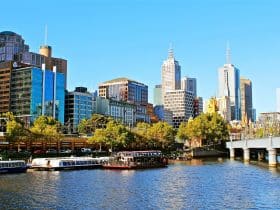
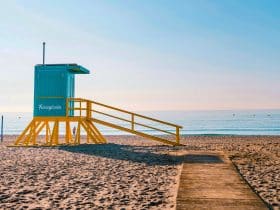
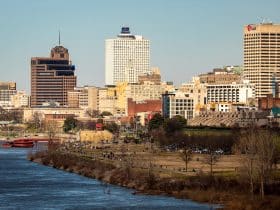









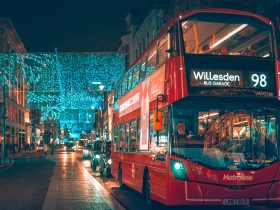

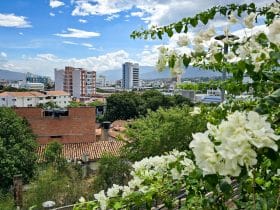
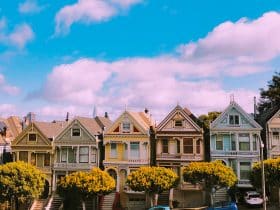
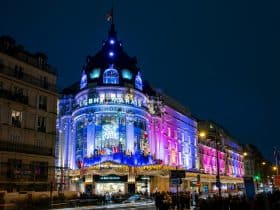
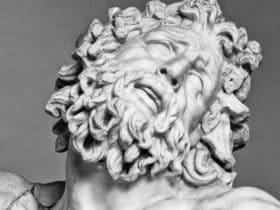
Leave a Reply
View Comments